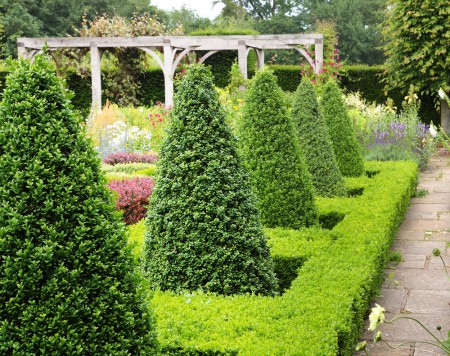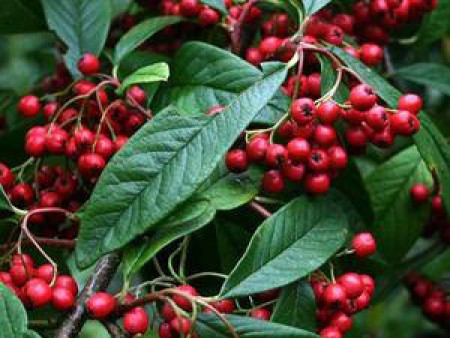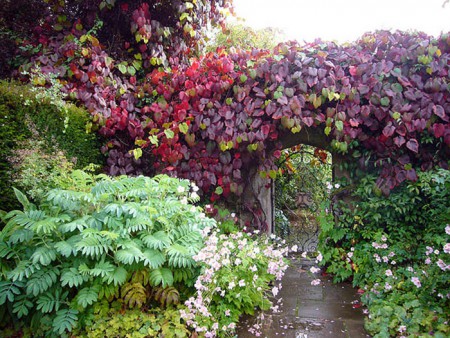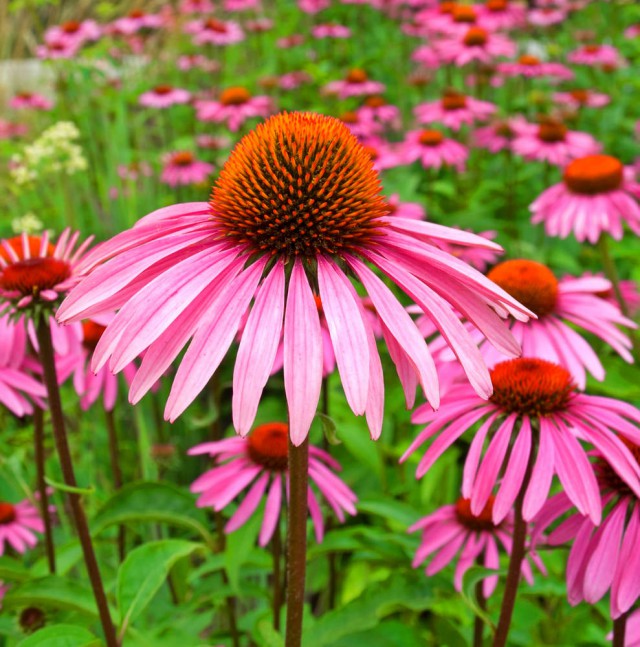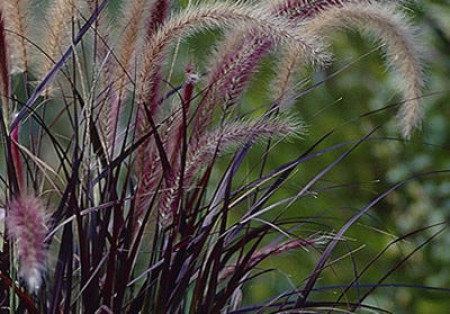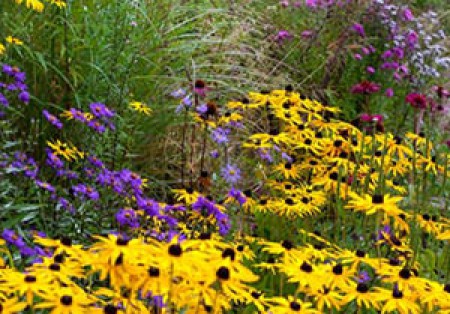- 02 October 2015
- Andrew Jordan
In terms of interest and colour in the garden it doesn’t end with the passing of summer, like spring you can create an oasis of intense colour, scent and texture in autumn.
In terms of interest and colour in the garden it doesn’t end with the passing of summer, like spring you can create an oasis of intense colour, scent and texture in autumn.
It’s mostly about the foliage, leaves rather than flowers provide much of the brilliant colour in the autumn garden. If you choose the right plants you can have a wonderful range of reds, golds, oranges and pinks. Some have highly coloured berries and fruits.
Texture, pattern and scale all take on greater significance. Movement too, and sound play leading roles during this season.
Here are some essential elements of an autumn garden.
Trees
There are a selection of ornamental trees that provide fantastic autumn colour. It should be possible to include at least one tree for autumn interest in even the smallest garden. For maximum effect, position trees, shrubs, and other plants for autumn interest close together, because the reds and golds of foliage and berries can look wonderful with the blue, purple, and golden flowers of autumn.
Amelanchier lamarckii – bears small oval leaves that turn pink, orange and red in autumn, also of interest in spring (flowers).
Sorbus commixta ‘Embley’ – finely pointed leaflets that turn bright red and orange in autumn, also has glossy scarlet berries.
Liquidambar styraciflua – glossy maple-like leaves that turn shades of orange, crimson and purple in autumn.
Acer palmatum – small deeply lobed leaves that turn orange and red in autumn.
Shrubs
Structural shrubs provide the framework for all the other planting, they can offer so much throughout the year, but become more important as the seasons progress, providing the link between the end of summer and the beginning of autumn and beyond. Evergreens are some of the star players of the autumn garden. When annuals and herbaceous plants have disappeared and deciduous shrubs and perennials have lost all their leaves, it is these that prevent your garden from flat greyness. Some examples include – Buxus sempervirens, Choisysa ternata, Fatsia japonica and Viburnum davidii.
Shrubs can provide the rich foliage contrast, fragrance and berries to create plenty of interest.
Cotinus coggygria ‘Royal Purple’ – bushy large deciduous shrub with deep purple leaves that become redder in autumn.
Fothergilla major – compact medium sized deciduous shrub with glossy oval leaves turning brilliant red and orange in autumn.
Cotoneaster frigidus ‘Cornubia’ – large semi-evergreen shrub with elliptic dark green leaves and red berries in autumn.
Vitis coignetiae– climber with heart-shaped dark green leaves turning bright red in autumn.
Perennials
There are a few late arrivals on the flower scene: nerines, kniphofias, schizostylis, amaryllis and asters, which join dahlias and half-hardy annuals – gomphrena, rudbeckias, cleomes and nicotianas as well as penstemons, heleniums and towering annual and perennial helianthus that have been flowering since late summer.
Aster ‘Little Carlow’ (cordifolius hybrid) – bushy herbaceous perennial, with abundant violet-blue, yellow centred daises in autumn.
Echinacea purpurea – upright perennial with coarsely hairy ovate leaves, solitary flower-heads with slightly reflexed light purple rays and brown central disc.
Helenium ‘Ruby Tuesday’ – deep red to copper-red daisy-like flowers, with prominent red and saffron centres and widely spaced and fluted petals.
Rudbeckia fulgida var. deamii – clump forming, erect herbaceous perennial with black-eyed bright yellow daises from late summer to mid-autumn.
Grasses
The tawny tints and airy textures of ornamental grasses come to the fore in autumn, providing lightness and movement, making structural statements that last long into winter.
At a time when many other plants are closing down for winter, grasses, especially the large deciduous group, reach a crescendo of flower and form, extending a garden’s season of interest and excitement.
Most grasses have a clear linear outline and their stem structure is adapted to withstand wind and rain for many months, even after it has dried – these traits make them useful in a garden.
The relatively solid outlines of many popular autumn-flowering perennials counterbalance the airiness of grasses.
Bright flowers of Aster, Echinacea, Helenium and Rudbeckia sparkle among the tawny foliage, while Persicaria, Sedum, Verbena and towering Eupatorium add contrasting colour and form. Grasses also work with well with woody plants, especially those that colour up in autumn.
Autumn grasses with wow factor:
Miscanthus sinensis ‘Flamingo’ – one of the most beautiful, good for small gardens, neat compact up to 1.5m tall, silken, coppery pink flowers become fluffy well into winter.
Pennisetum setaceum ‘Rubrum’ – deep red to burgundy foliage, with small bristly red-purple flower spikes from July to September.
Panicum virgatum ‘Shenandoah’ – strap-like leaves that turn a spectacular deep burgundy in autumn.
Molina caerulea subsp. arundinacea ‘Transparent’ – flowers have an open habit, standing airy and almost transparent, high above foliage in autumn.
Great combinations:
- Grasses make ideal partners for late-flowering perennials, Ruby-red Sedum Herbstfreude Group ‘Herbstfreude’ with Molina caerulea subsp. arundinacea ‘Zuneigung’ with winter flowering Erica x darleyensis ‘Kramer’s Rote’ and the arching white foxtail brushes of Pennisetum orientale‘Tall Tails’.
- The claret-tinted seedheads and dark purple leaves of Pennisetum setaceum ‘Rubrum’ contrast well with the golden daisies of Rudbeckia.
- Miscanthus ‘Purpurascens’ can be teamed with seedheads of perennials, such as umbels of Tanacetum macrophyllum.
Other
For scent – late flowering Clematis rehderiana, vigorous growing to 6-7m covered in small primrose-yellow bell-shaped flowers.
Ferns – evergreen Asplenium scolopendrium(hart’s tongue fern) mixes well with autumn flowers (pink).
Planting in the shade – Hydrangea quercifolia (architectural presence), leaves brilliant reds and crimsons. Iris foetidissima (sculptural seed cases burst open to reveal lines of bright orange seeds). Scarlet dahlia‘Bishop of Llanmdaff’ (light shade).
There are many gardens and arboretums to visit at this time of year in and around the Cotswolds, two of the best are Westonbirt Arboretum (near Tetbury, Gloucestershire), and Stourhead in Wiltshire.

